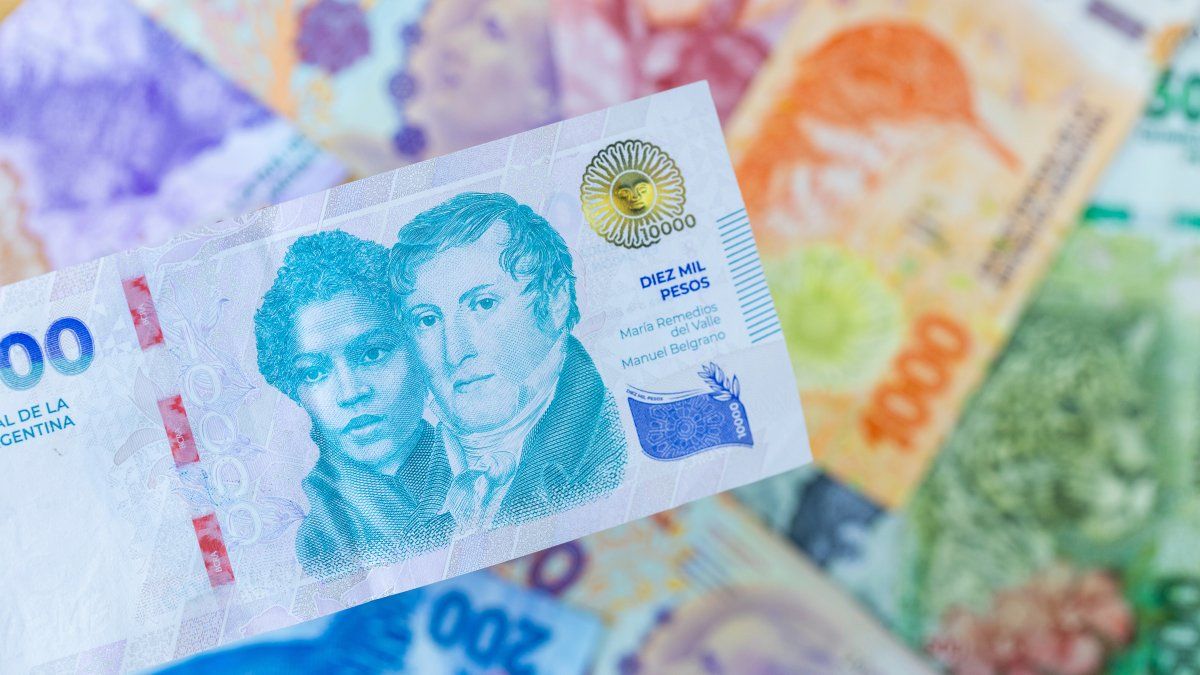The Actions had a dissimilar performance in the main global markets, still digesting Black Monday with the rebound in the Nikkei which had an impact on the European and Asian stock markets, but with falls in Wall StreetMeanwhile, the strengthening of the dollar weighed on local currencies.
The indexes started the day higher and began to lose steam in afternoon trading. With investors still nervous after a recent sell-off in global stocks, stocks further pared their gains after the Treasury auction. All three indexes then fell and losses deepened just before the close.
“There’s a lot to worry about in the next eight weeks, so I expect more volatility“I wouldn’t be surprised if after a few days of rally there was another small wave of selling,” said Peter Tuz, president of Chase Investment Counsel in Charlottesville, Virginiato Reuters.
Investors have been concerned about a possible US recession and weaker-than-expected forecasts from US companies, among other factors.
He S&P 500 lost 40.36 points, or 0.77%, to close at 5,199.67 points, while the Nasdaq lost 167.99 points or 1.03% to 16,198.86 points. The index Dow Jones Industrial Average fell 222.06 points, or 0.57%, to 38,775.60 points.
The stock gained early support when the deputy governor of the Bank of Japan (BoJ), Shinichi Uchidasaid the central bank would not raise rates when financial markets are unstable, pushing the and in down and market sentiment improved.
Markets await further comments on the monetary politics of the officials of the Federal Reserve (Fed) next week, in the run-up to the event in Jackson Hole, Wyoming, where its president will speak, Jerome Powell.
Asia and Europe, better
The gains came when the stock markets European and Asian stocks rose, led by another rebound in the Nikkei, when the Bank of Japan unexpectedly turned cautious about rate hikes amid market volatility.
The collapse of the yen carry tradealong with a weaker-than-expected US jobs report last week, and fears of a recession in USA sparked a global sell-off earlier this week as investors dumped riskier assets and moved into safe havens.
“It is unclear how long this current episode will last. greater volatility, But we have seen global stock markets correct this violently before and never in the past have they not eventually recovered to new highs,” he told Reuters. John Christofilos, commercial director of AGF Investments.
The bags of Prague (PX), Budapest (BUX) and Türkiye (XU100) gained more than 1%. Polish shares (WIG20)underperformed with a fall of 0.2%.
However, markets are still assessing the likelihood of a slowdown in the United States and what it means for the outlook for the Federal Reserve (Fed), As growing concerns about the economic strength of China continue to overshadow emerging market assets.
Wednesday’s data showed that job growth was Chinese exports slowed in July adding to concerns about the country’s manufacturing sector.
The global currency market
He dollar rose against the yen on Wednesday, which fell after an influential Bank of Japan official played down the chances of a near-term rate hike. The dollar’s rise weighed on emerging market currencies, with the MSCI Emerging Markets Currency Index remained flat during the day.
The Indian rupee fell to a record low against the dollar ahead of India’s central bank’s policy decision on Thursday.
He South African rand jumped to 18.352 against the dollar, rising for a second day, while stocks (JTOPI) strengthened 0.6%.
Coins throughout Central Europe The euro was broadly stable and fell against the euro. The Hungarian forint fell 0.3%, the Polish zloty fell 0.1%, while the Czech koruna was flat. These currencies face varying prospects for the next 12 months, according to a Reuters poll, with the zloty and koruna expected to rise over the next year, while the forint and Romanian leu are expected to fall.
Separately, sources told Reuters that the protests had forced four deputy governors of Bangladesh’s central bank to resign.
The dollar in Uruguay
In Uruguay, meanwhile, the dollar fell 0.32% compared to Monday, closing at 40.501 pesos, according to the official exchange rate. central bank (BCU), breaking with three consecutive days of increases, but continuing within the 40 pesos range.
The US currency showed signs of recovery on Tuesday at a global level, after the chaotic Black Monday with the crash of the financial markets. At a local level, it has accumulated a monthly variation of 0.56% and an annual variation of 3.79%, since its interbank rate is 1.48 pesos above that registered after the closing of the last exchange day of last year.
Source: Ambito




